Biology: An In-depth Report on Osteoporosis Prevention & Treatment
VerifiedAdded on 2023/06/11
|6
|1142
|224
Report
AI Summary
This report provides a comprehensive overview of osteoporosis, a condition characterized by porous and weakened bones, leading to an increased risk of fractures, particularly in the wrist, spine, and hip. It highlights the prevalence of osteoporosis in Australia, where a significant portion of the population is affected by the disease or low bone density. The report details the symptoms of osteoporosis, including stooped posture, gradual height loss, and fractures occurring more easily than expected. It also explores the various causes of osteoporosis, categorizing them into unavoidable factors such as age and genetics, and modifiable factors like lifestyle choices and dietary habits. Furthermore, the report discusses the impact of osteoporosis on both individual health, leading to decreased quality of life and increased dependence, and society, posing a substantial socio-economic burden due to healthcare costs and loss of independence. Finally, it outlines strategies for osteoporosis prevention and treatment, emphasizing the importance of regular exercise, a balanced diet, and lifestyle modifications, as well as pharmacological interventions to increase vitamin D and calcium levels.
1 out of 6
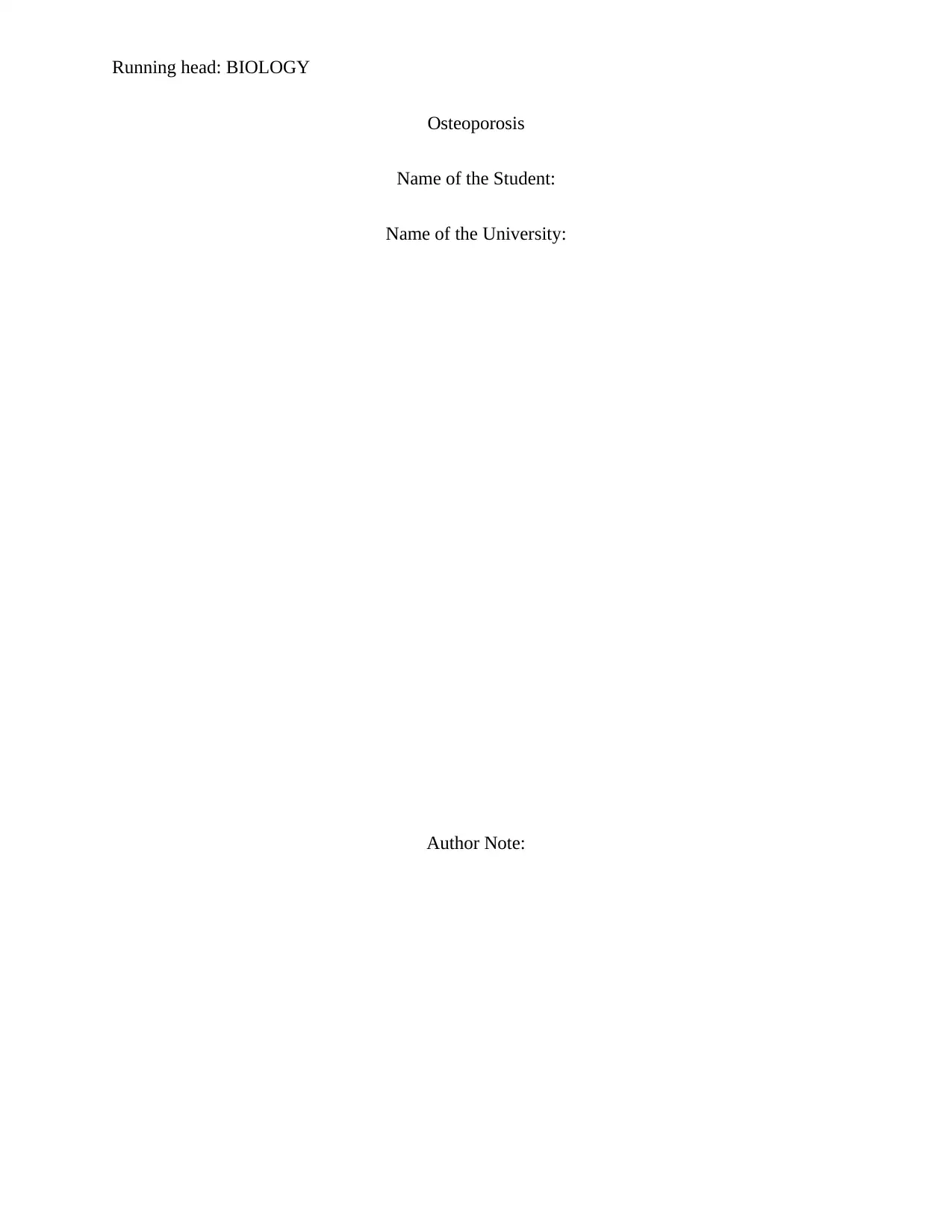

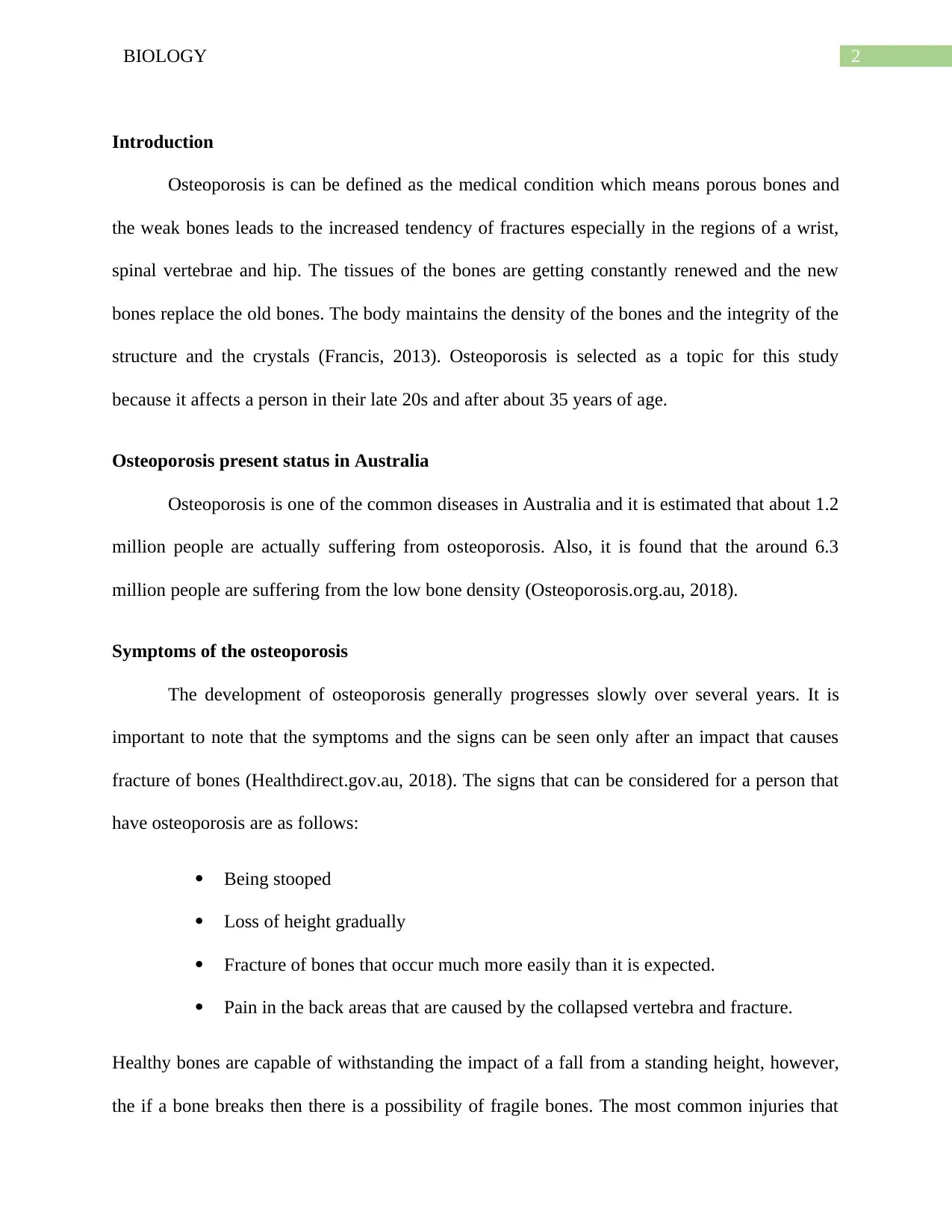

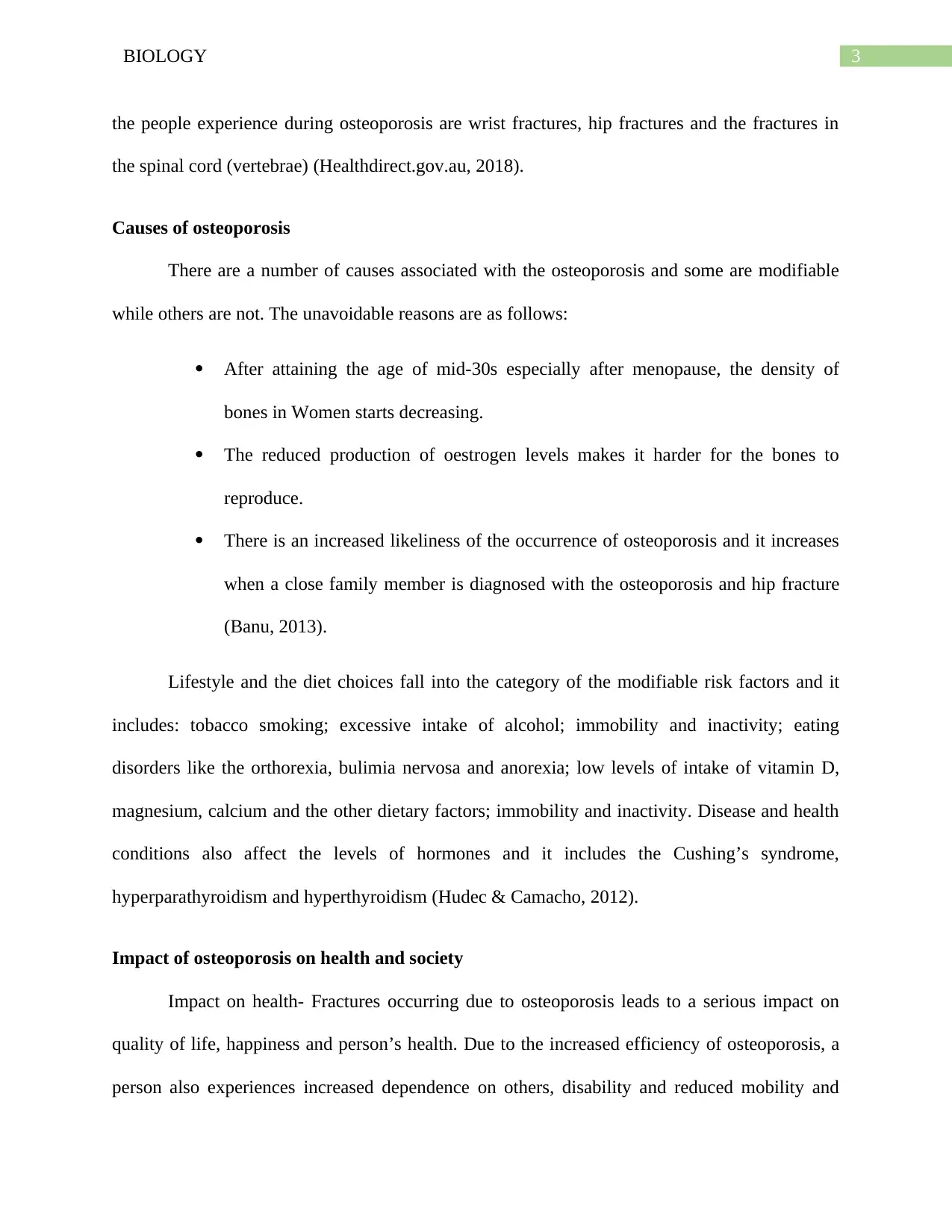
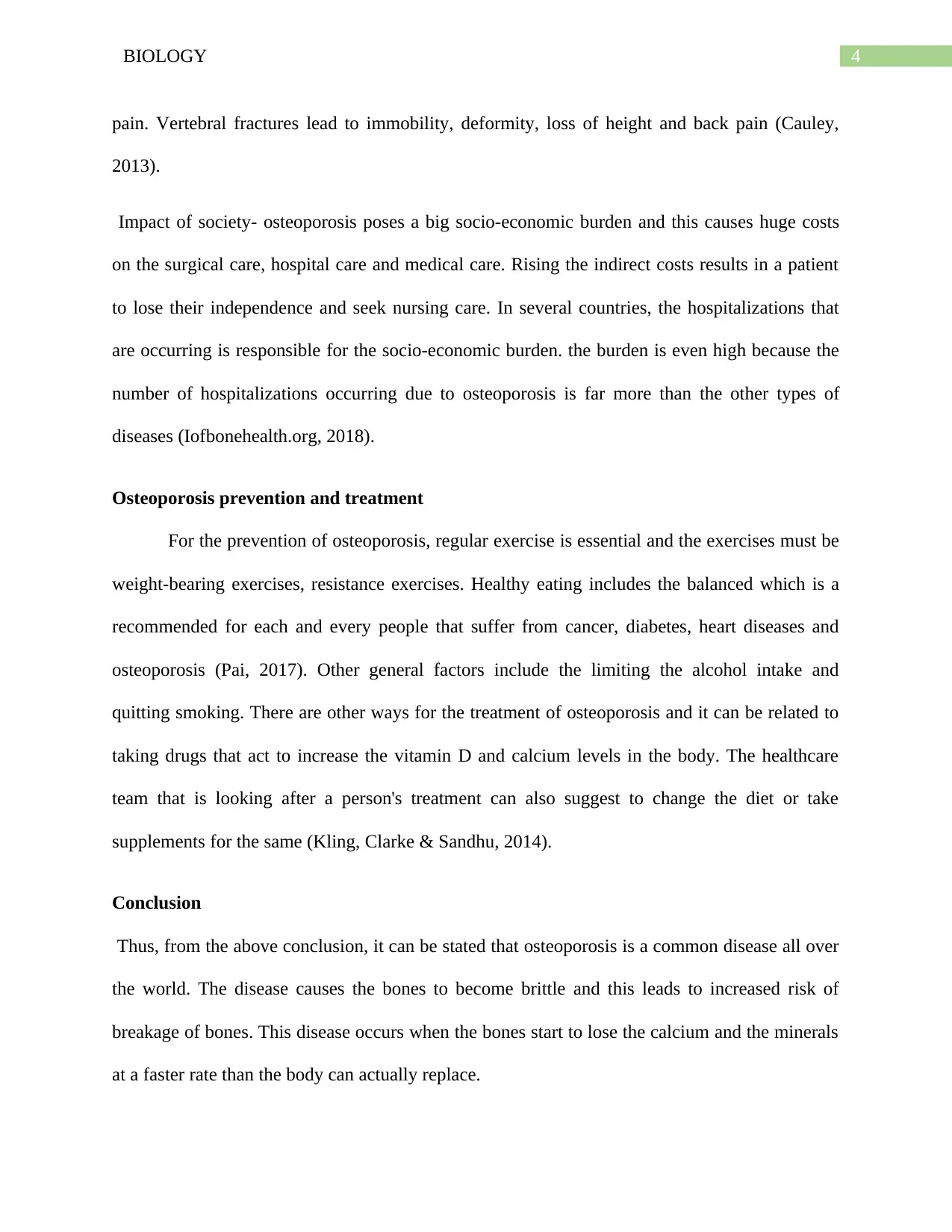
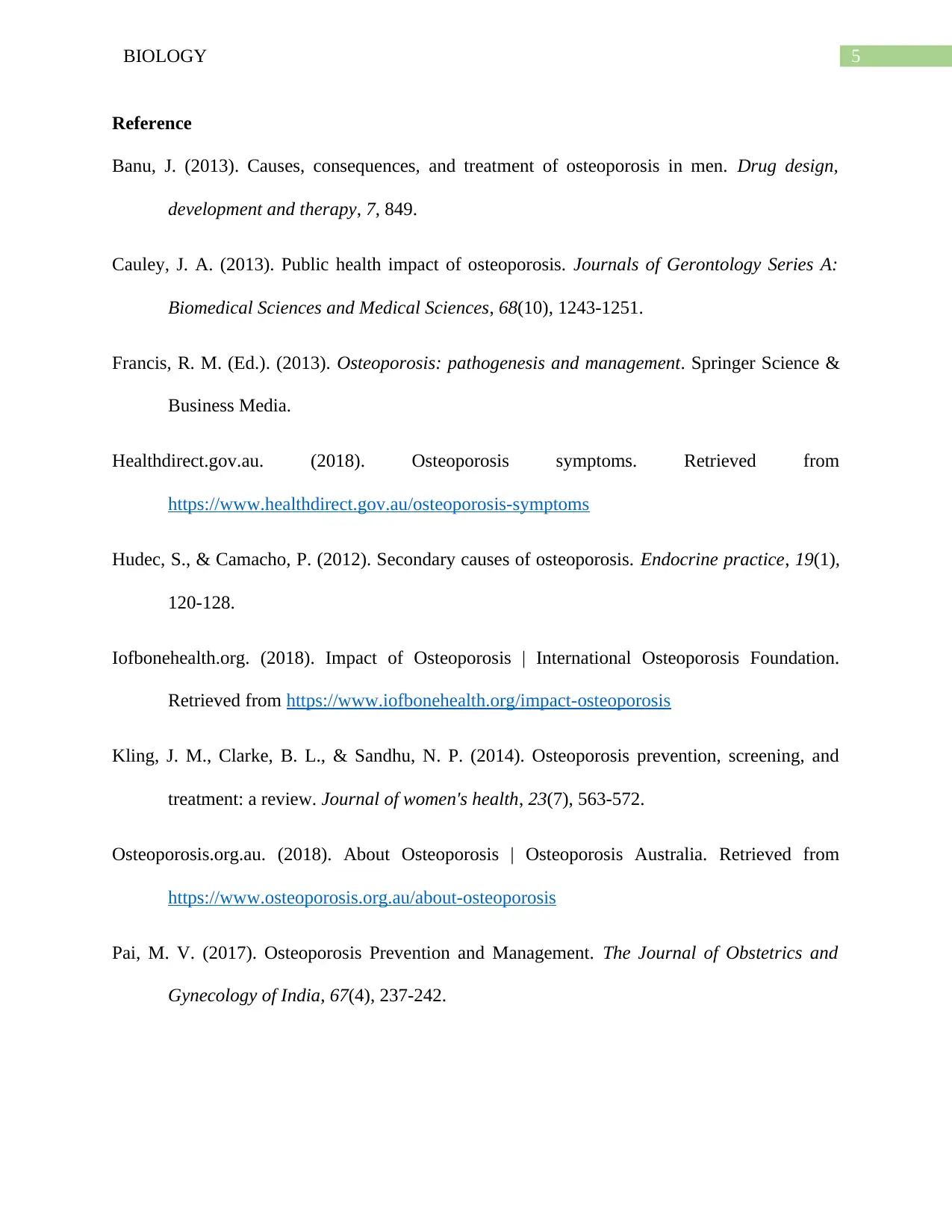






![[object Object]](/_next/static/media/star-bottom.7253800d.svg)